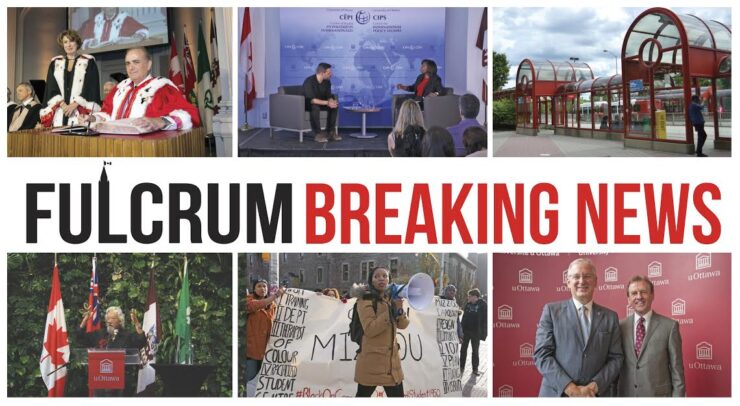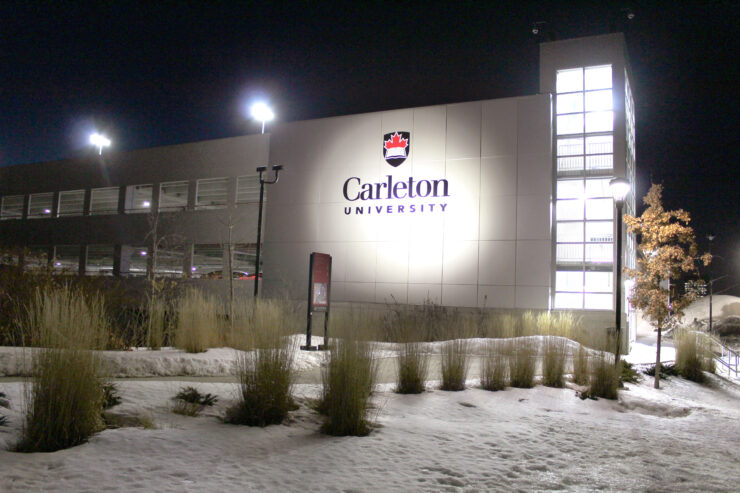Study explores relationship between public transport and pollution, looks to other cities for guidelines
With light-rail transit (LRT) infrastructure construction and planning in the City of Ottawa well underway, Dr. Onur Ozturk, assistant professor at the Telfer School of Management says that it’s time to start thinking about what else, other than commuters, the City can transport on the tracks.
While it’s still early, Ozturk believes that with a feasibility study, researchers in Ottawa would be able to determine if the O-Train and LRT lines could work to transport freight.
“There is a huge potential that we could benefit from this in Ottawa, not only in Ottawa but Canada,” he said. “The lines are close to the malls, so I assume that we will have existing stations to the demand points.”
Ozturk’s teaching relates to business analytics, and his expertises are using mathematical solutions to solve problems in society.
Ozturk’s recent study, “An optimization model for freight transport using urban rail transit,” published in the European Journal of Operations Research examines how freight on transit (FOT), the practice of transporting freights using the public transit network, could be optimized in countries in order to eliminate greenhouse gases.
There are examples of this process around the world. New York City currently uses its subway system to transport garbage, while Paris uses its subway lines to carry merchandise for one of its major department stores. Paris has employed FOT for over 10 years.
According to Ozturk, the aim is to use the existing infrastructure without employing extra trucks into the downtown area of a city.
According to one study, it’s estimated that the number of trucks in Paris has decreased by 10,000 per year, eliminating 280 tons in CO2 and 19 tons in Nitrogen oxide per year.
“It’s huge, it’s enormous,” said Ozturk. “I know that it’s premature (in Ottawa) right now, but it’s also very exciting. I think that it’s not only interesting, but revolutionary.”
So far, one of the challenges that Ozturk predicts Ottawa may have to implement FOT is the number of stations. “There will only be about 13 stations on our transit line,” he said. “I would propose that we actually increase the number of stations in order to meet demands and not interrupt passenger traffic.”
Ozturk stresses that the main priority of FOT is to not disrupt passenger traffic. “One of the main parts of my research is to use mathematical equations to determine when the best time to run trains carrying freight would be,” he said. “You want to make sure that it does not interrupt traffic, or commuters, but also serves the businesses correctly.”
Although premature, Ozturk hopes that Ottawa will implement freight on trains in the future.
“(It’s) better for nature, less traffic, less noise pollution, and maybe, if everything goes right, then it would be an economical benefit for everyone.”






